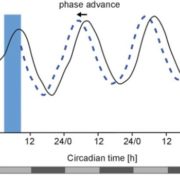
Blue Light Photoreception by Chlamydomonas
Plant Physiology: On The Inside, Research0 Comments
/
Cryptochromes are flavin-binding proteins that act as blue light receptors in bacteria, fungi, plants and insects and are components of the circadian oscillator in mammals. Animal and plant cryptochromes are evolutionarily divergent, although the unicellular alga Chlamydomonas reinhardtii has both an…

A Controller of Leaf Angle in Soybean
Plant Physiology: On The Inside, ResearchSoybean (Glycine max) is one of the most important oilseed crops that provides edible oil for humans and is a major renewable feedstock for biodiesel production around the world. As such, increasing soybean yield potential has become a long-term breeding objective. Soybean leaf petiole angle is an important…
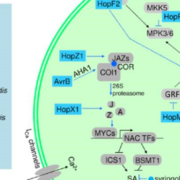
Update: Stomatal defense a decade later
Plant Physiology, Plant Physiology: Updates, Plant Science Research Weekly, ResearchStomatal defense, recognition of pathogens at the stomatal pore accompanied by stomatal closure to prevent their entry, was discovered ten years ago. Melotto et al. review what we’ve learned in the past decade about this key defense strategy. They discuss pathogen recognition, in which microbe-associated…

Insights into Salicylic Acid and Mitochondria
Blog, Plant Physiology, Plant Physiology: On The Inside, Research, Research BlogWithin the mitochondrial electron transport chain, complex II (succinate dehydrogenase [SDH]) oxidizes succinate to fumarate by transferring electrons to ubiquinone (UQ), which is reduced to ubiquinol. The enzyme is formed by four subunits: a flavoprotein (SDH1), which contains the FAD cofactor, an iron…
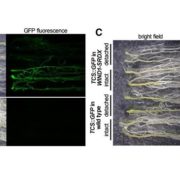
The Root Greening Response in Arabidopsis
Blog, Plant Physiology, Plant Physiology: On The Inside, Research, Research BlogBased on various developmental, environmental, and hormonal cues, proplastids can be converted into different types of plastids within cells. In Arabidopsis, chloroplast development is repressed in roots via auxin signaling. When roots are detached from the shoot, and its supply of auxin, roots develop…

Monitoring the Dynamics of Freezing in Trees
Blog, Plant Physiology, Plant Physiology: On The Inside, Research, Research BlogIce formation within plants influences their physiology mechanically, hydraulically, and at a cellular level. Mechanical strain occurs as water expands during freezing and tension is induced in the remaining liquid-phase sap. Xylem cavitation is initiated upon freezing due to the low (i.e. negative)…
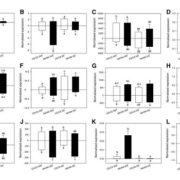
Drought-Responsive Novel MicroRNAs in Grapevine
Blog, Plant Physiology, Plant Physiology: On The Inside, Research, Research BlogEuropean grapevines (Vitis vinifera) are routinely grafted on interspecific hybrid rootstocks mainly to control infestation by phylloxera (Daktulosphaira vitifoliae). Research has shown, however, that these rootstocks can also affect scion growth vigor and resistance to abiotic stresses such as drought.…
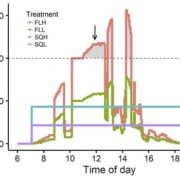
Developmental Responses to Fluctuating Light Regimes
Blog, Plant Physiology, Plant Physiology: Updates, Research, Research BlogPlants in nature experience a range of light intensities and spectral properties due to changes in sun angle and cloud cover in addition to shading from overlapping leaves and neighboring plants. Therefore, leaves are subjected to spatial and temporal gradients in incident light, which has major consequences…

Unusual Rubisco Subunit Found in Trichomes
Plant Physiology, Plant Physiology: On The Inside, ResearchRubisco is responsible for CO2 fixation during photosynthesis. This enzyme is assembled from eight large subunits (RbcL), encoded by a single chloroplast gene, and eight small subunits (RbcS), encoded by a nuclear gene family. Although Rubisco’s catalytic reaction is mostly controlled by the large…

